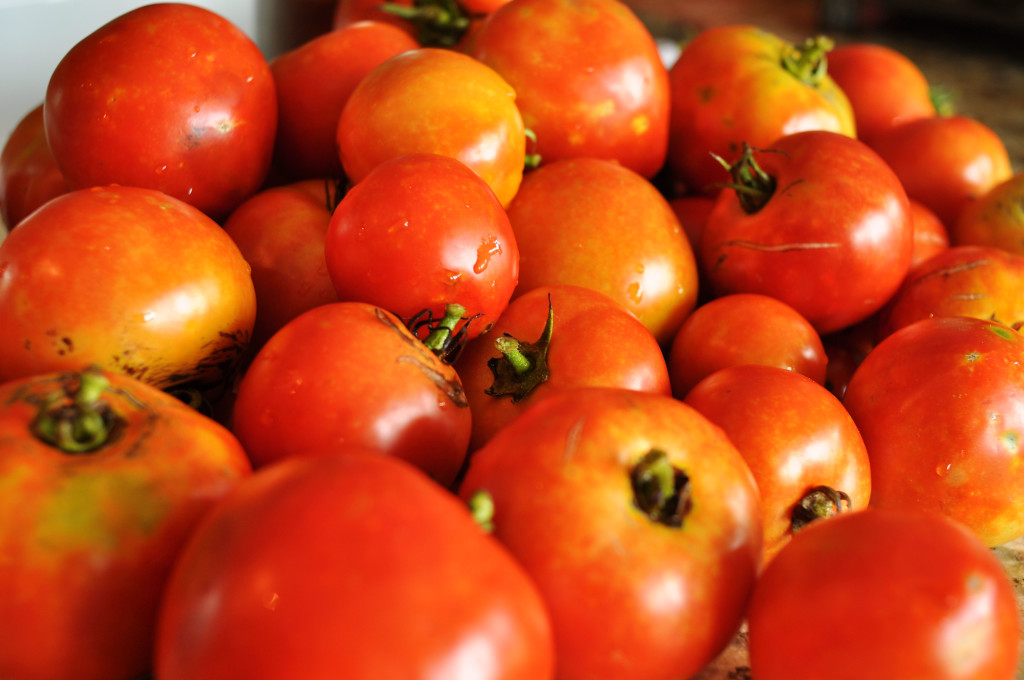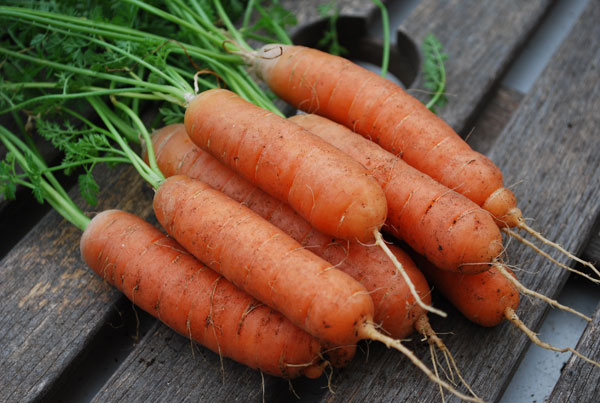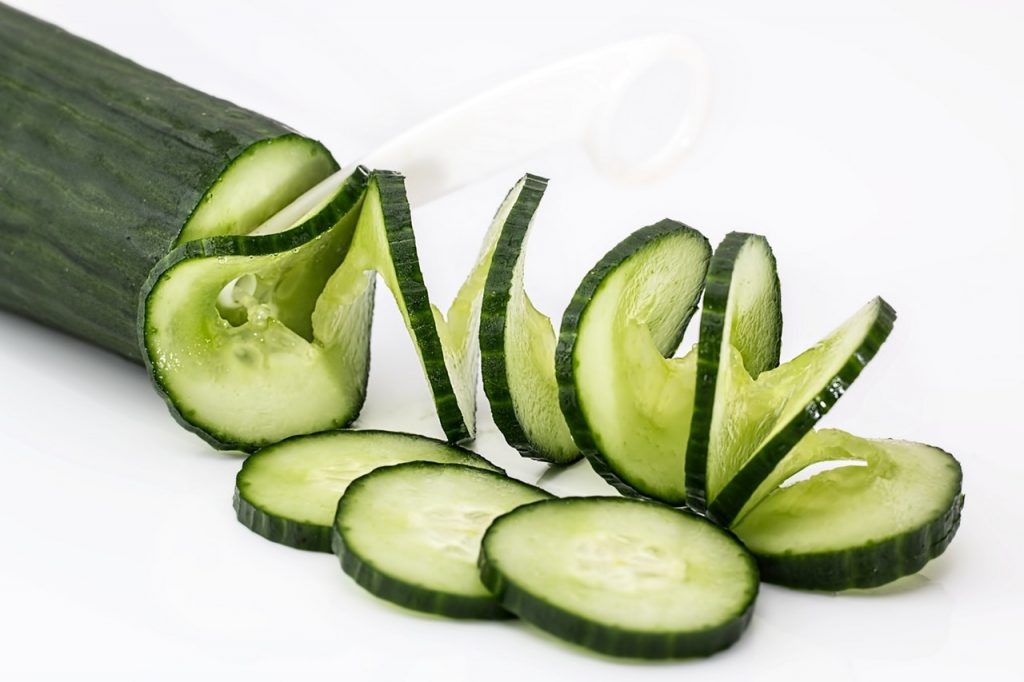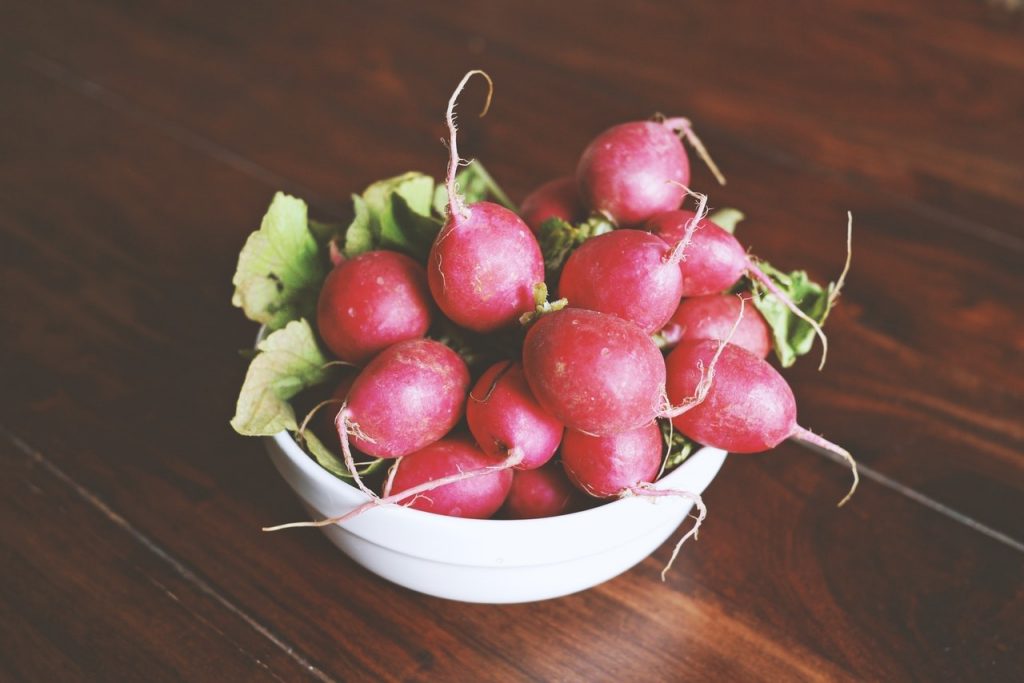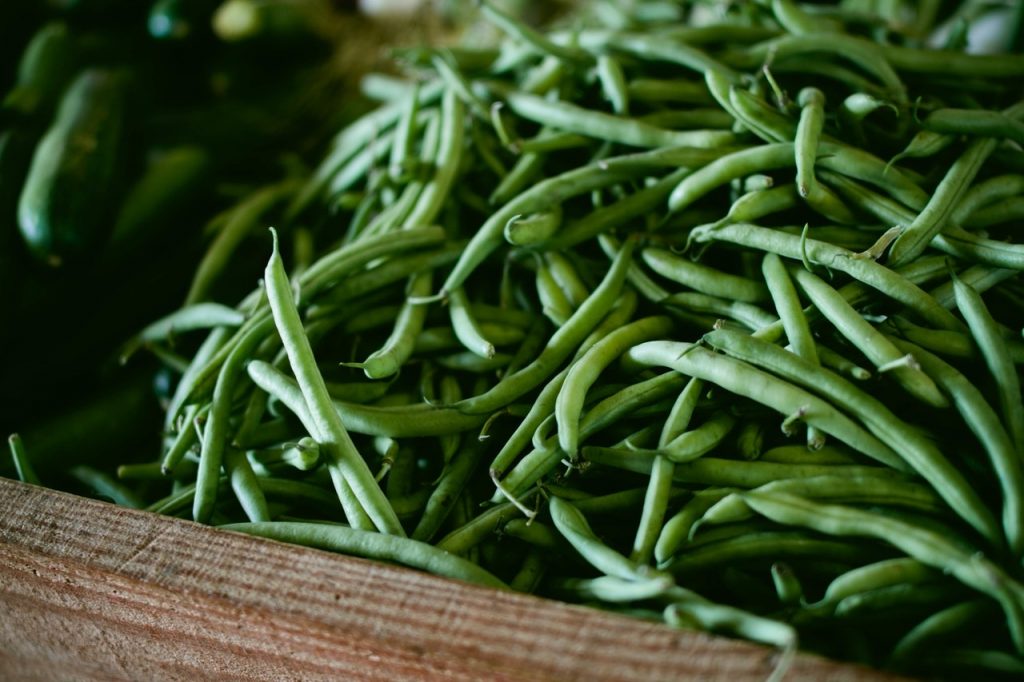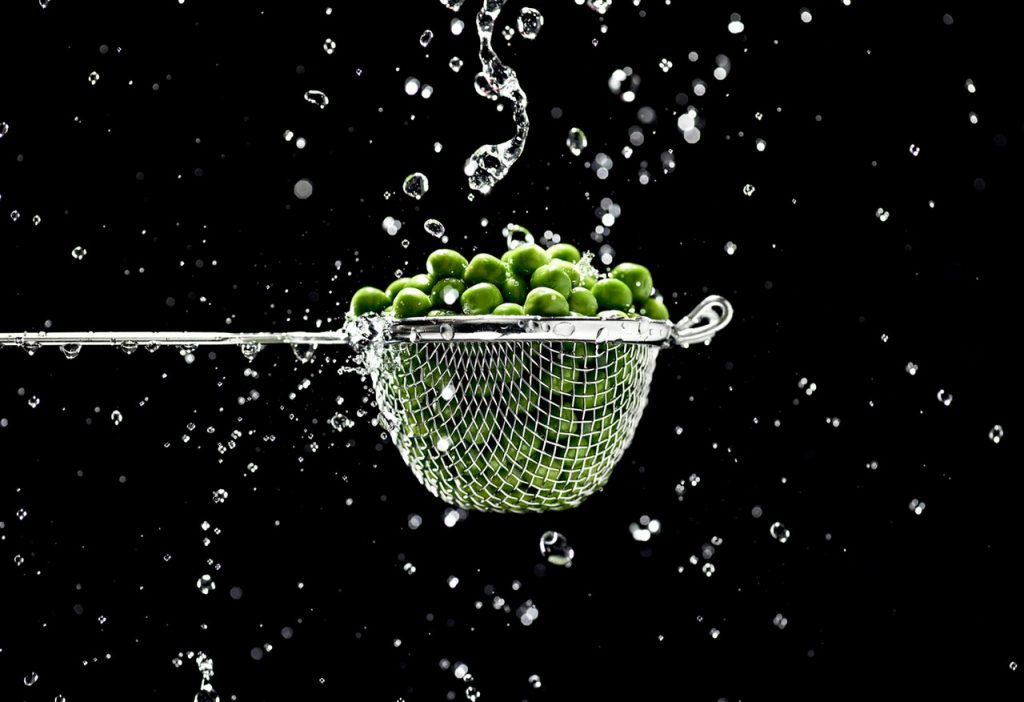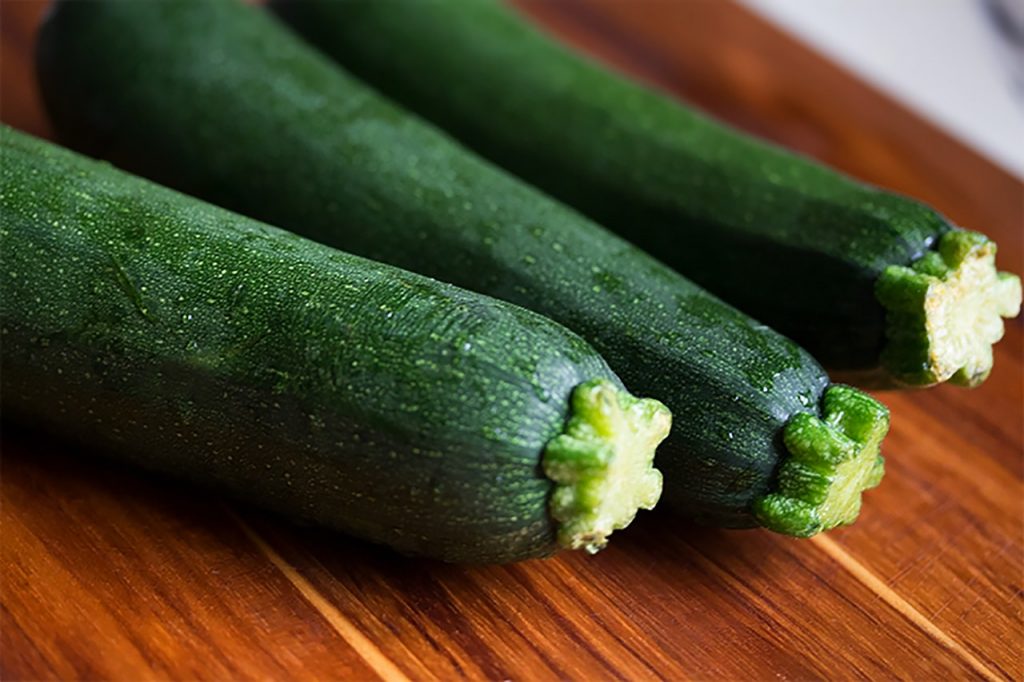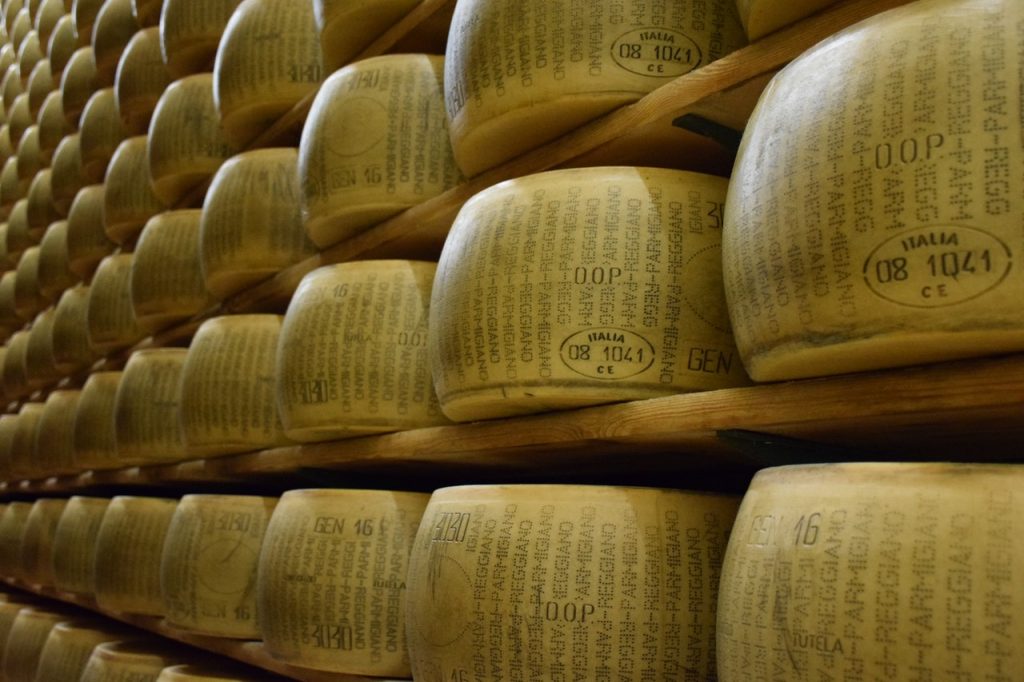What are the 8 table etiquette myths that you need to know?
- Not putting your elbows on the table is actually done in order to avoid any glass from spilling.
- Pinkies are extended when drinking tea not as a sign of class, but to support the bottom of the cup.
- People don’t only observe your manner in a formal event, but in an informal one as well.
- You can’t just use any fork on the table; you must use the outermost first and work your way in.
- Small talk is good but don’t talk about the weather.
- The RSVP is not just a way of letting the host know that you are going, but it is also a guideline for the preparation of the dinner.
- Getting any glass, plate, or utensil is not okay; you must only use the one meant for you.
- Reaching out for food is not rude because of personal space, but because of hygiene.
Exhibiting proper behavior is expected to be second nature to mankind, especially during business events where one is served by corporate catering. Even if you do not realize it, people observe and notice the dining decorum you practice.
Not every rule regarding table manners is set in stone though. Check out these regulations you don’t necessarily have to follow.
No Elbows on the Table
Growing up, you may have had your mother or grandmother tell you more than once “no elbows on the table” each time you accidentally do it. You never questioned the purpose of this rule as you obeyed it to avoid being scolded. The reason for this was to avoid any possible mishaps caused by your arm accidentally knocking something down. It also allows more space on the table and stops you from tipping the table. If you are on a spacious table where you won’t be able to nudge anything, you can ignore this policy as you will not cause any harm to anyone or to anything.
Pinkies Up!
Little girls often find it funny to see their big fathers sipping “tea” (actually just water or juice) from tiny cups no bigger than the span of three fingers. As they matured, said little girls may have mistakenly believe that to drink tea, they must always lift their pinky lest they do a faux pas. In truth, the proper way to drink from a teacup is to put your index finger through the handle then have your middle finger underneath the handle, with your thumb supporting the cup. No need to lift your pinky. Instead, have the last two digits touch the outside of your cup.
Observe Proper Decorum Only Outside, Not Inside
How unfortunate that there are still numerous people who still believe and practice this rule. Once inside a restaurant, they become a different person as they eat civilly, making hardly any sounds as they eat their food. Meanwhile, their table manners at home are atrocious as they chew noisily with an open mouth, sloshing water everywhere and leaving carnage. Eat properly inside or outside your home. You will find it easier and you will be more comfortable as well.
One Too Many Forks
You may have seen it on the television or on the big screen. It’s a scene that’s all too common where dinner is part of the scene– one of the main characters becomes confused on which fork to use and mistakenly uses the main course fork on the salad.
In reality, this scene isn’t something to be played out frequently as not all meals are set up with numerous forks. This is used only in formal settings and even that has limits. Your daily meal isn’t like that– all you need is a fork, knife and spoon for each meal. A spoon may be considered taboo in some western countries but in the Philippines, it is an absolute essential to one’s daily meal. If you are at a formal dinner and you can’t recall which utensil to use, remember: outside going in.
Whether Weather
There is an unspoken rule of forbidding discussing anything but the weather on the dinner table. Admittedly, it is one of the most boring topics one can ever discuss on the dining table (or anywhere) but what else is there to be talked about? Actually, there are numerous topics out there you can talk about. The rule was implemented so as to prevent any indigestion among the eaters. Talk about the latest Star Wars film, the traffic situation or the newest bistro in town. Just remember to choose a neutral topic which won’t churn any stomachs.
RSVP isn’t Required
The importance of responding to an RSVP is no longer common knowledge and people believe that not responding is okay. The truth is it is not. Especially when one is hosting a large dinner, the host needs to know exactly how many people will be attending so that he can plan the food that will be prepared and provide the necessary chairs and tables. It is better to tell a person that invited you to dinner that you cannot make it rather than not responding at all. Ever worse than that, is not responding to the RSVP but going to the event anyway. It will make the host look inconsiderate and unprepared to the other guests.
Take Any Glass, Any Bread
The table is set properly at formal dinners with an array of utensils, glasses, and plates just for you. In the midst of socializing with your table mates along with the close proximity of each other’s space, it is a common mistake for one to accidentally take something that’s not meant for them. This could be you. While you may think that it’s an honest mistake and you can simply trade items in case it happens, it shows that you lack concentration and you may disgust some fellow guests that are particular about hygiene. To avoid this, remember that B comes before D in the alphabet and it is arranged left to right; the same way that your (B)read plate should be to your left and your (D)rinks should be to your right.
Walking Around the Table to Get Food
The common thinking nowadays is that you don’t reach over someone’s plate in order not to get in his personal space. This is wrong. The reason why you don’t want to do this is because of hygiene. By reaching over his plate, there is a chance that you will drop something foreign onto his food. This is why you ask people to hand you anything you want to grab; so that anything that falls into a person’s plate is his own fault. Thus, when you get up from your chair and make your way to grab something from the far end of the table, there is still a chance that you will drop a foreign object into people’s plates.
You may be avoiding having to ask people to hand you things on the table so you don’t bother them, but the act reaching out or walking to the other end of the table to get something is a bigger disturbance.
Key Takeaway
Rules are rules and as time goes by, rules change. For now, just remember to always say please and thank you when asking for a dish and don’t use your phone unless it is absolutely necessary.


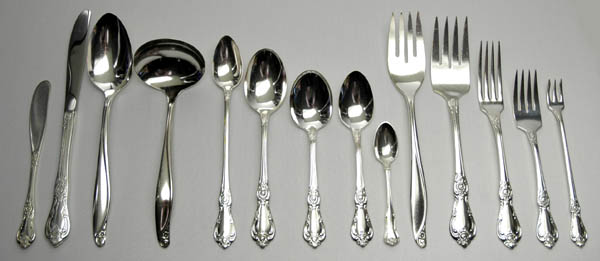




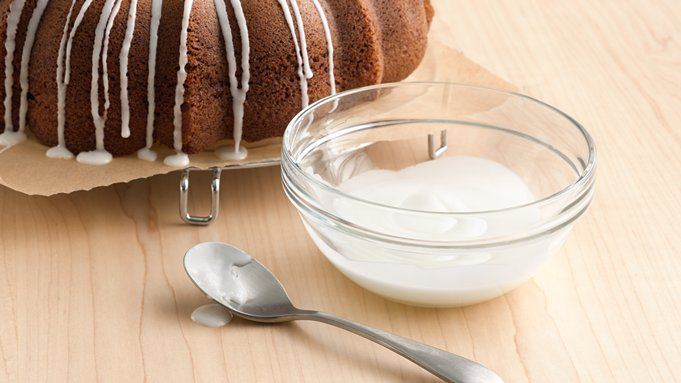




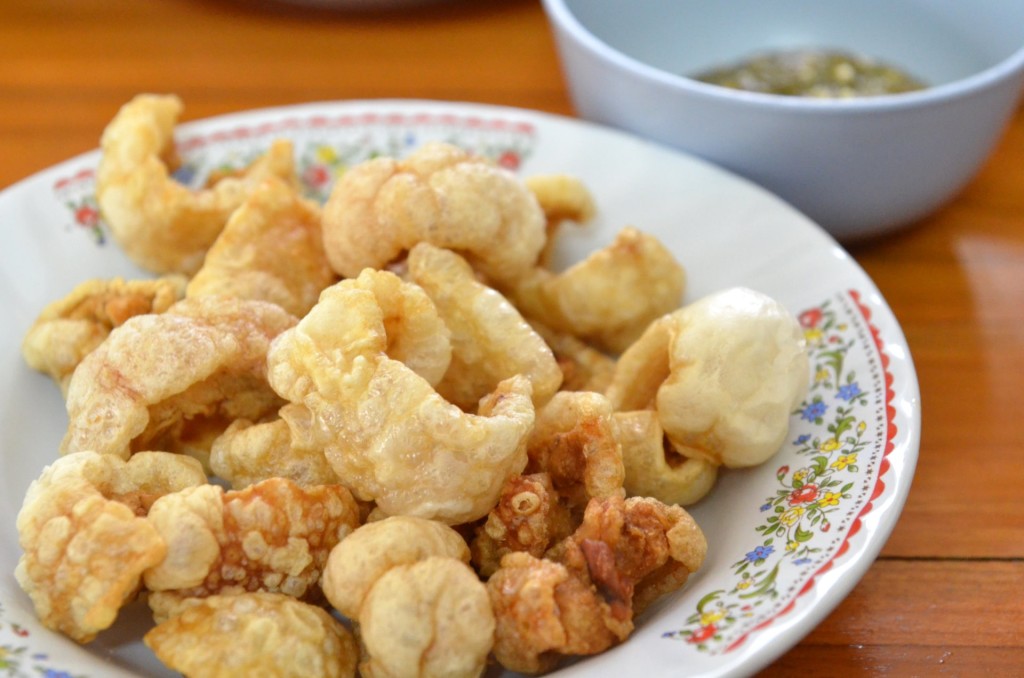

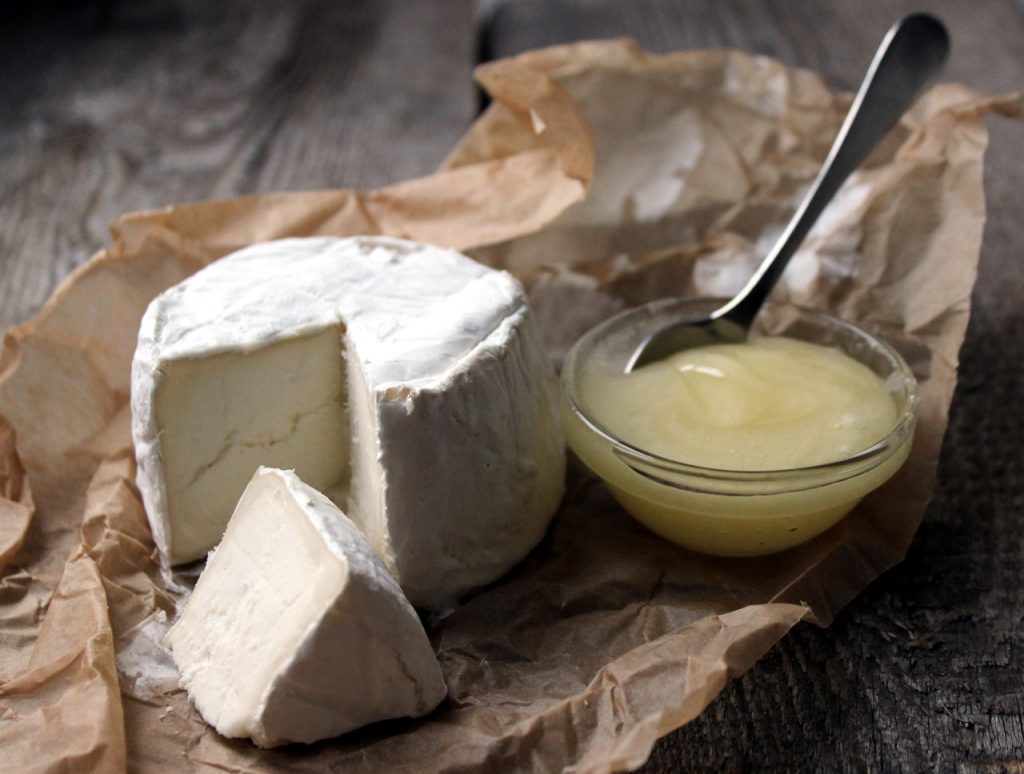
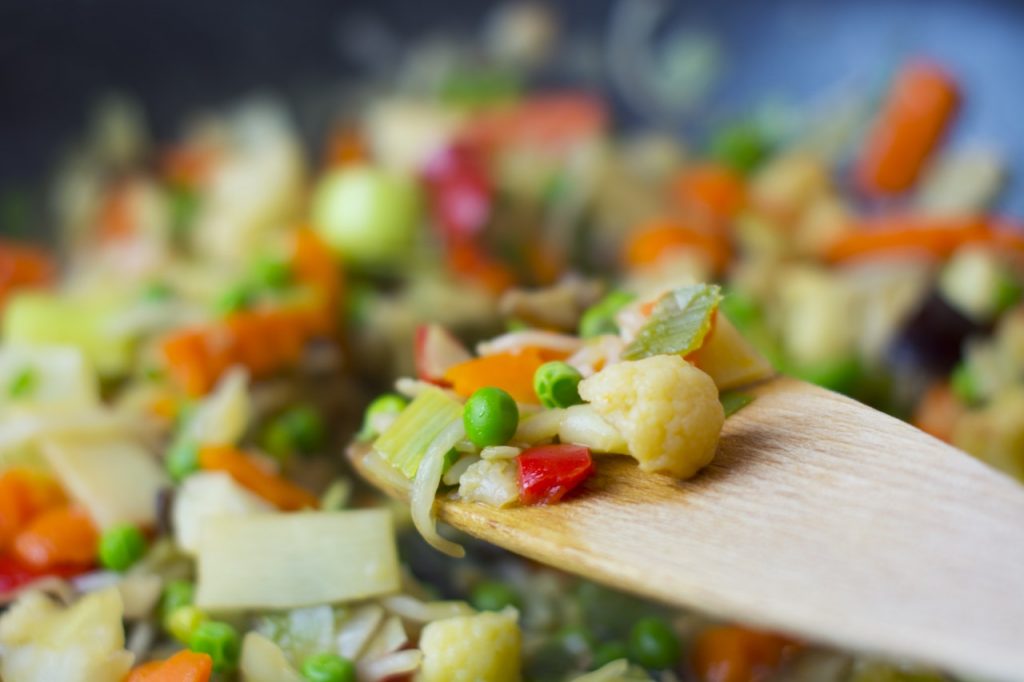





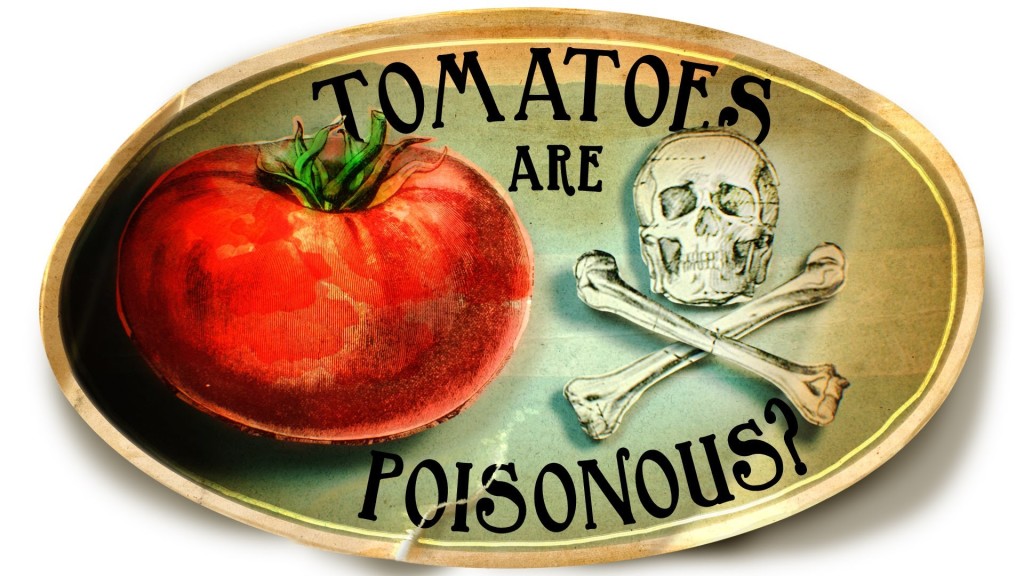

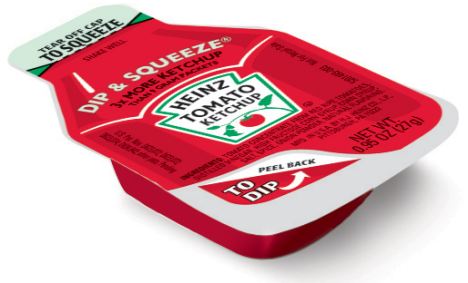
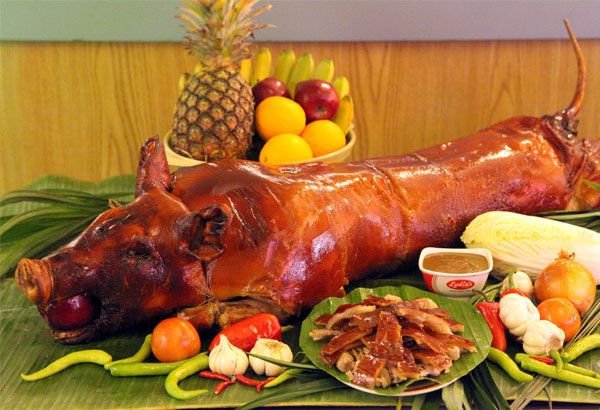

![Portrait of a happy family preparing vegetables for meal together in the kitchen. [url=http://www.istockphoto.com/search/lightbox/9786778][img]http://dl.dropbox.com/u/40117171/family.jpg[/img][/url] [url=http://www.istockphoto.com/search/lightbox/9786682][img]http://dl.dropbox.com/u/40117171/children5.jpg[/img][/url]](https://juancarlo.innovnational.com/wp-content/uploads/2015/11/catering-in-manila-home-cooked.jpg)
